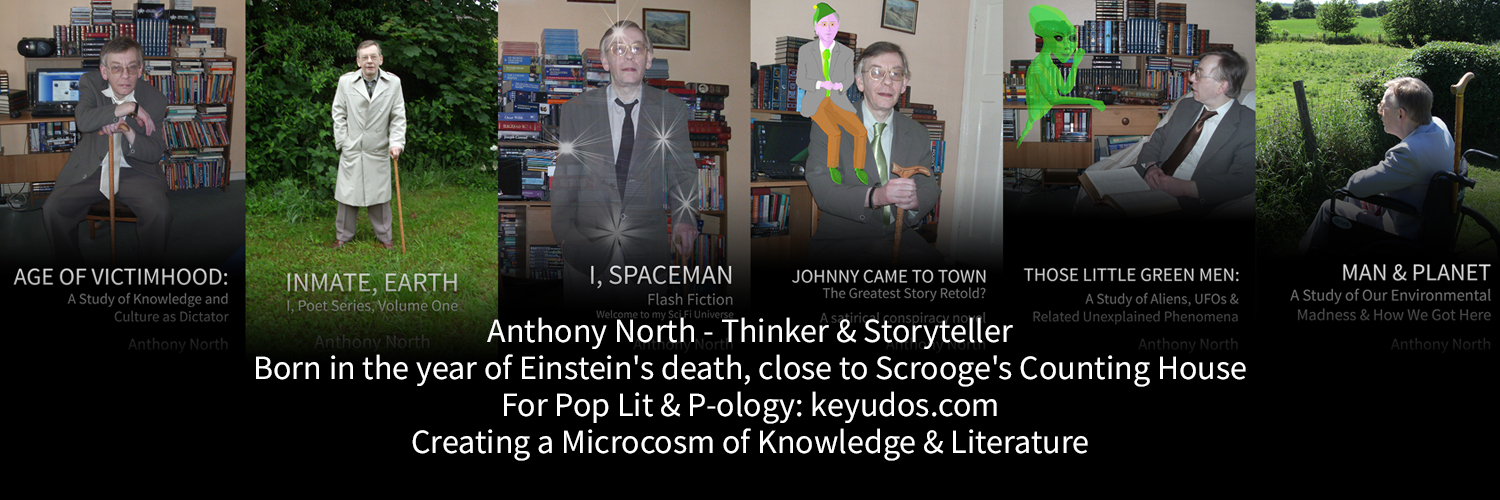
Jack the Ripper killed at least 5 prostitutes around Whitechapel, London, in 1888. Or did he? Forensics of the time said he did. Letters sent said he did. But the reality is, forensics was in its infancy, and no one letter gives detail of more than one murder. And prostitutes were being killed all the time.
As I see it, we have 5 separate murders, some of the killers sending letters to put the police off the scent as fear of a monster began to grow. Jack the Ripper never existed – he was simply a brilliant example of media hype.
A CRIMINAL PATTERN
I’ve written a lot on crime and over the years and a general theory has grown. It arose by realizing that the conman and serial killer had similar mind-sets. Both seem to use personas to express themselves and have self-esteem issues, using their crime to be someone. These two polarities of crime seem to have similarities.
If so, could all types of criminal fit into the pattern? In the main, crime requires a lack of conscience. Such a lacking can be seen in both animal and child, as if they run on instinct. Could what I call the ‘thin veneer of morality’ be required through moral education to deter such instinct? If so, then the liberal ethic that in our natural state we are good is wrong.
 NEGATIVITY
NEGATIVITY
Studies of criminals suggest they can suffer from negative blocking, in that compassionate concepts such as ‘love’ or ‘responsibility’ are not understood. This can lead to psychological distancing which dehumanizes a target, allowing them to commit crime so easily.
This can be reinforced by transferring their own failings onto the target – hence it is the target’s fault, not theirs. These are, of course, fantasized realities. And with fantasies uppermost in their mind-set, we can also see the reason for many of them being failures. A sense of invulnerability can grow, leading to them becoming careless.
This kind of instinctual mind-set suggests the central element of crime is a desire to satisfy needs as quickly as possible, negating the usual processes of civilized society. And only in this way can they feel fulfilled and successful.
SOCIOLOGY OF CRIME
Crime also has a sociology. Typical is the gang involving a form of leadership, brotherhood, territory, ethic and mission. It would be wrong to discount this as anomalous or without purpose. Rather, such sociology echoes that of the Arthurian legend with its own ethics, knightly brotherhood and quests.
Mafia offers similar possibilities – it’s code of silence, role of favour, extended kinship, soldiers and protection rackets. How close this is to feudalism with its chivalry and relationship between king, baron, knight and serf. This, and gang culture, can best be seen as a pre-nationhood form of power in society.
Such gang culture becomes an inevitability if people cannot see meaning in the existent ideal of nationhood. And media helps this process along. Identity is found in fashion and music, allowing gang culture to thrive in a concept I would call the Media Tribe.
 VICTIMHOOD
VICTIMHOOD
Society also helps this process through societal victimhood. Fears of crime keep people from public interaction, leaving those who venture out more likely to be targeted. Just like the predator, the criminal will seek out the weakest in the herd. When the herd disappears from the street, all are the weakest.
There is also a societal angst concerning crime. Throughout history all types of crime have happened, yet certain periods identity specific crimes – the 18th century Highwayman; the 19th century middleclass poisoner; the 20th century serial killer. Each represents a fear of failure of the age – the dangerous roads as transport networks grew; the imperfection of supposed perfect middleclass society; the failure of affluence to civilise us.
This morbid fascination with crime can be seen further back in history, but best outed by looking at tales of the supernatural. Typical is the werewolf, many of whom were hanged. His behaviour apes perfectly that of the serial killer, and associated tales of strange horsemen of the forest offering salves and potions speaks of an endemic drugs culture. But Godly folk couldn’t do such things, so they are exaggerated into monsters.
CRIME & PUNISHMENT
We have failed to combat crime. This is an inevitability for crime may have a purpose in society. For instance, if we never saw the bad at work, how would we know how to be good? Without crime we risk becoming an amoral society, with no standards at all. But this doesn’t mean we cannot better deal with crime in order to reduce it.
Punishment may be the key. A sentence should fit the crime, but the punishment should fit the person. At present, a crime carries a maximum sentence. This should become the minimum time to be served WITHOUT parole.
The form of punishment should then begin with the strictest, getting increasingly easier to the point of virtual freedom. The prisoner must progress through all stages before actual release, based on psychological testing and watching his behaviour.
With release only occuring once the prisoner has made it to the final stage, psychopaths and paedophiles can be permanently incarcerated for the smallest crime. Similarly, the person who has made a stupid mistake can pass through to the final stage in hours, thus taking away the ‘university of crime’; whilst those who need rehabilitation can similarly receive it very quickly. In this way punishment is geared to the person, and society is always the winner.
